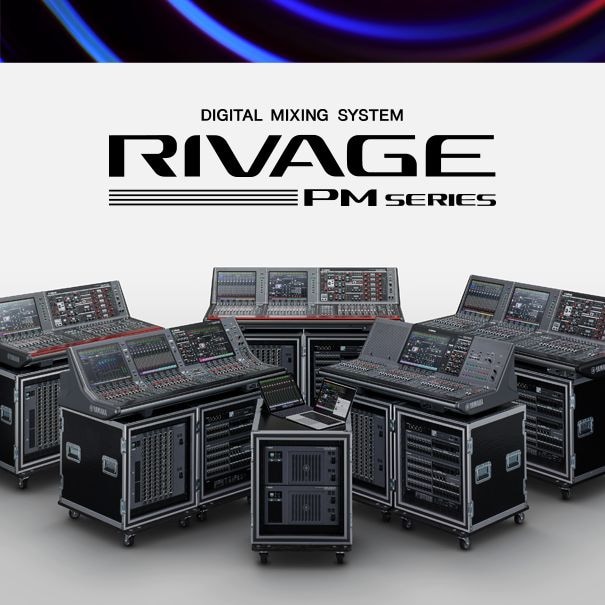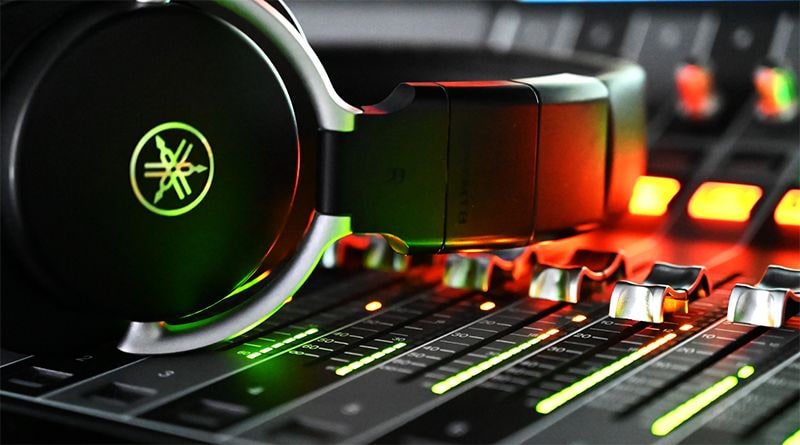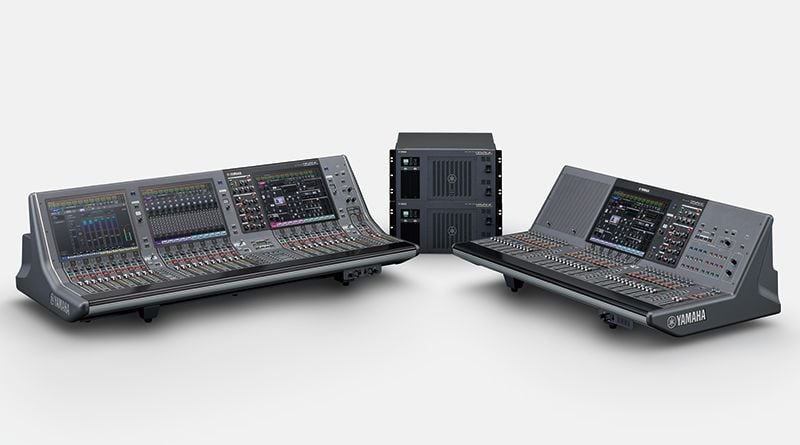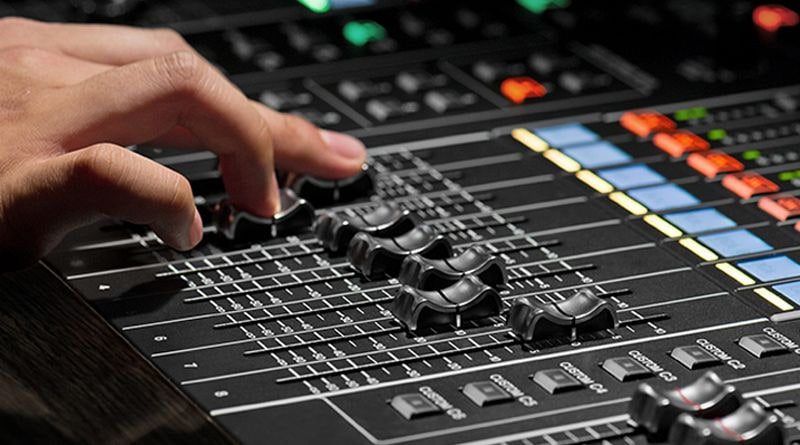RIVAGE PM 시리즈
엔지니어 인터뷰 시리즈 – Facts & Faders
Awards & Events
프라하에서 열리는 Yamaha 2019 시스템 디자이너 컨퍼런스에서 역사와 현대가 만나다
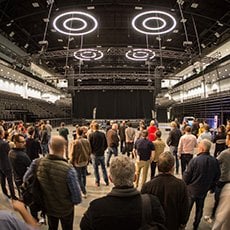
프라하에서 열리는 Yamaha 2019 시스템 디자이너 컨퍼런스에서 역사와 현대가 만나다
18.12.2019
40개국에서 온 300여 명의 사운드 산업 전문가들이 Yamaha 연례 시스템 디자이너 컨퍼런스의 개최 도시인 수도 프라하로 한데 모임으로서 프로 오디오의 과거, 현재 및 미래가 최근 체코 공화국에서 만나게 되었습니다.
Award-winning DaNSe Makes A Big Impression At rAVe

Award-winning DaNSe Makes A Big Impression At rAVe
28.03.2019
DaNSe is an advanced noise suppression plug-in for RIVAGE PM digital mixing systems, launched at ISE 2019 as part of the latest V3.0 update. AV publisher rAVe Publications was so impressed that it won a Best of ISE award in the Live Mixer for Installs category.
- Read more
Awards for the Yamaha RIVAGE PM7 and CL/QL StageMix
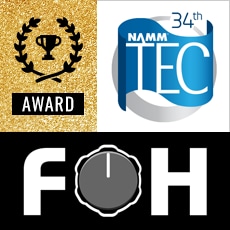
Awards for the Yamaha RIVAGE PM7 and CL/QL StageMix
18.02.2019
Yamaha pro audio products have been honored with two prestigious awards. The RIVAGE PM7 has received the FOH GOLD STAR PRODUCT AWARD 2019 for “Best New Large-Format Console,” and the CL/QL StageMix app has received the 34th ANNUAL NAMM TEC AWARD in the “Audio Apps & Hardware/Peripherals for Smartphone” category.
- Read more
Flower Power: PLASA에서 카메라 세례를 받은 Yamaha와 Nexo

Flower Power: PLASA에서 카메라 세례를 받은 Yamaha와 Nexo
26.09.2018
9월 중순 런던 서쪽에 작은 일본이 삼일간 나타났습니다. Yamaha와 Nexo가 PLASA London에서 전시회를 열어 많은 관심을 끌었던 것입니다.
High Quality - Yamaha’s Annual System Designers Conference Heads For The Alps
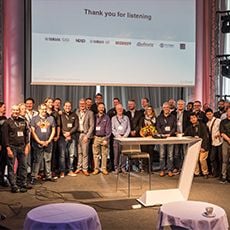
High Quality - Yamaha’s Annual System Designers Conference Heads For The Alps
30.11.2017
In late September, 145 audio professionals from throughout Europe headed for the Austrian Alps, as Yamaha hosted its sixth annual System Designers Conference in the stunning location of the Scalaria Conference Centre, St Wolfgang.
Yamaha Wins Multiple Awards At ProLight+Sound and MusikMesse
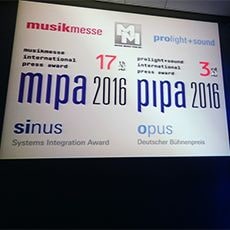
Yamaha Wins Multiple Awards At ProLight+Sound and MusikMesse
22.04.2016
Yamaha enjoyed an award-winning presence at both ProLight+Sound and MusikMesse in early April, as the RIVAGE PM10 digital mixing system and four of the company's MI products won prestigious PIPA and MIPA awards.
- Read more
Stories from Our Development Team
30 years of basic research and product innovation. Industry leading physical modeling technology underlies the strength of K’s Lab.
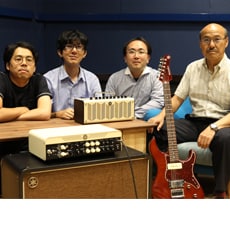
30 years of basic research and product innovation. Industry leading physical modeling technology underlies the strength of K’s Lab.
(From DTM STATION. Report by Ken Fujimoto.)
We met the one-of-a-kind sound research group, K’s Lab, in two preceding articles: “How the discovery of a 1977 thesis led to a breakthrough at the Yamaha K’s Lab research division 30 years ago,” and “Rupert Neve designs from the 60s and 70s realistically recreated by the Yamaha K’s Lab research team.” In this, the third and final installment of the K’s Lab series, we will take a look at some of the processors and guitar amplifiers that have been created using their VCM (Virtual Circuitry Modeling) technology.
Rupert Neve Designs from the 60s and 70s Realistically Recreated by the Yamaha K’s Lab Research Team
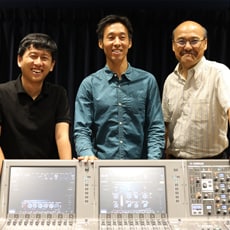
Rupert Neve Designs from the 60s and 70s Realistically Recreated by the Yamaha K’s Lab Research Team
(From DTM STATION. Report by Ken Fujimoto.)
K’s Lab has been a central research group at Yamaha for 30 years, garnering international attention for breakthroughs in physical modeling while leaving an impressive track record in product development. The K’s Lab team put their full technological weight behind the recreation of professional audio gear such as equalizers and compressors originally developed by Rupert Neve in the 60s and 70s. Readers might wonder why Yamaha chose to research products from another manufacturer. The answer lies in the undeniable fact that in many ways Mr. Neve built the foundations of the pro audio industry as we now know it, and it is with the greatest respect that the team now works with Mr. Neve to build the future.
Interview: How the discovery of a 1977 thesis led to a breakthrough at the Yamaha K’s Lab research division 30 years ago

Interview: How the discovery of a 1977 thesis led to a breakthrough at the Yamaha K’s Lab research division 30 years ago
(From DTM STATION. Report by Ken Fujimoto.)
K’s Lab, led by a research fellow, Dr. Toshifumi Kunimoto, has been researching physical modeling systems for more than 30 years, and is one of the most preeminent research groups in its field. We’ll look back at how an unearthed thesis and a unique musical instrument led to the launch of K’s Lab.
Interview: Chris Taylor on the RIVAGE PM10
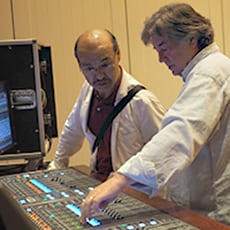
Interview: Chris Taylor on the RIVAGE PM10
Musician, mixing engineer, and sound system designer, Chris Taylor brings a lifetime of experience to Yamaha console design and development. In 2003 Chris joined Yamaha first working as a District Sales Manager for Yamaha Commercial Audio Systems in the US. After 3 years of sales experience he became R&D manager for Yamaha Japan and is currently engaged in helping Yamaha build professional audio consoles.
SWP1 Series Designer Interview
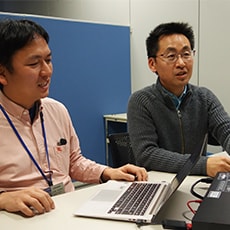
SWP1 Series Designer Interview
Digital audio networking is rapidly becoming an essential, convenience-enhancing element in live sound and other pro audio applications. Yamaha pro audio products with Dante audio networking capability, including the industry standard CL series digital mixing consoles, are leading the way. SWP1 series network switches are being introduced to take the evolution to the next level. The first Yamaha network router was introduced to the domestic market in 1995. Over the 20 years that followed, Yamaha brought IT and pro audio expertise together in some of the most innovative audio networking solutions available. In the following interview we discuss that background and some of the philosophy behind the SWP1 series network switches with key Yamaha pro audio designers.
Developer Interview: Fader Knobs Refined for Productivity and Motivation
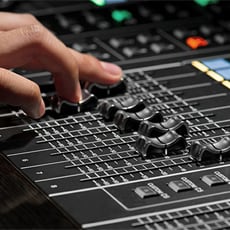
Developer Interview: Fader Knobs Refined for Productivity and Motivation
Amid the excitement and frenzy of a live music event there is a cool-headed mixing engineer making vitally important decisions and adjustments. Vocal, guitar, bass, keyboard, drum, and other faders must be precisely controlled to achieve the ideal musical balance. Yamaha’s mission is to support the engineer as he or she focuses intently on every moment of the ongoing musical program, fingertips poised on faders ready to make critical adjustments at any time. That mission led to a journey through a multitude of subtle refinements to the shape and dimensions of the mixing engineer’s most fundamental connection to the console: the fader knobs. The following interview reveals the depth of thought and care that went into the design of the evolved fader knobs introduced in the CL series digital mixing consoles.
The Development of Virtual Circuitry Modeling Audio Effects
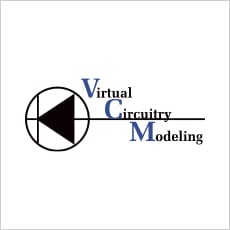
The Development of Virtual Circuitry Modeling Audio Effects
From the birth of physical modeling to Portico emulations
Digital Mixer History
Digital Mixer History

Digital Mixer History
Back when Yamaha products such as the DX7 synthesizer and SPX90 multi-effect unit were at the peak of their popularity, Yamaha was busy developing and manufacturing a DSP LSI that was originally intended for use in Electones, but which also showed promise for digital mixing applications. That LSI provided the basis for Yamaha’s first digital mixer, the DMP7.



